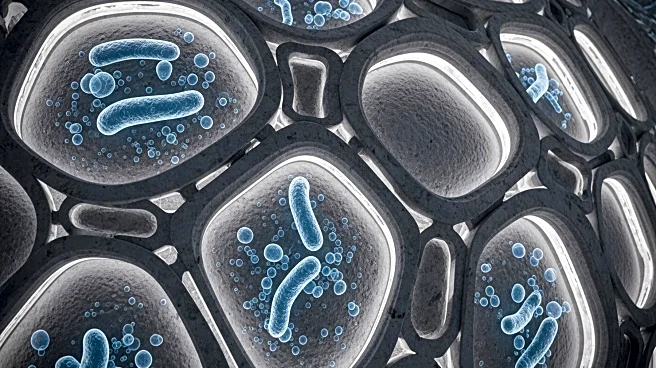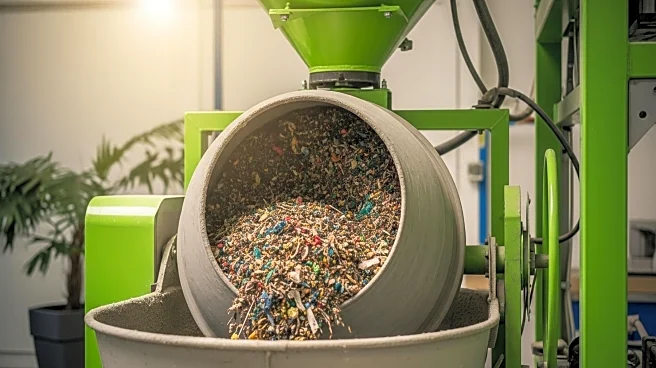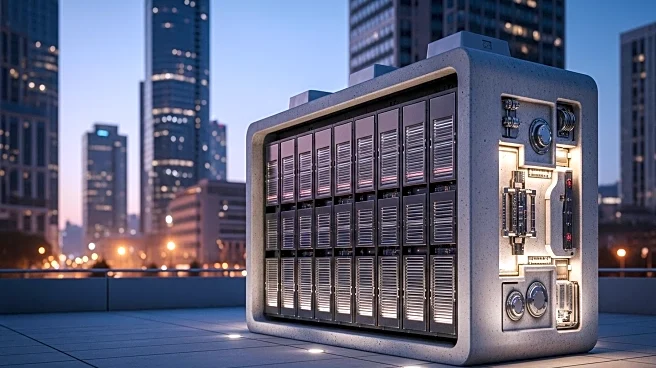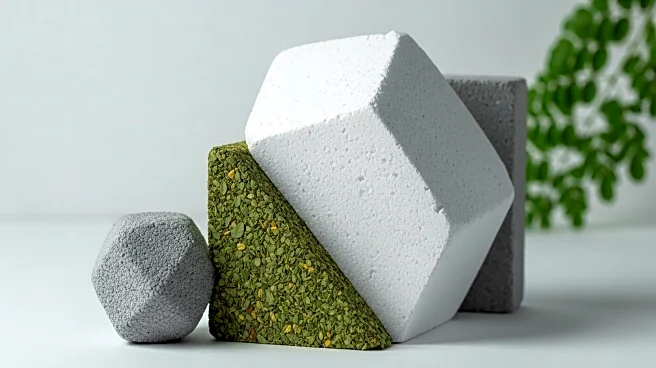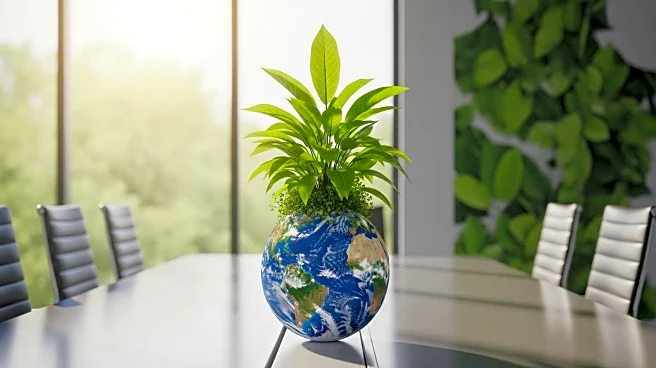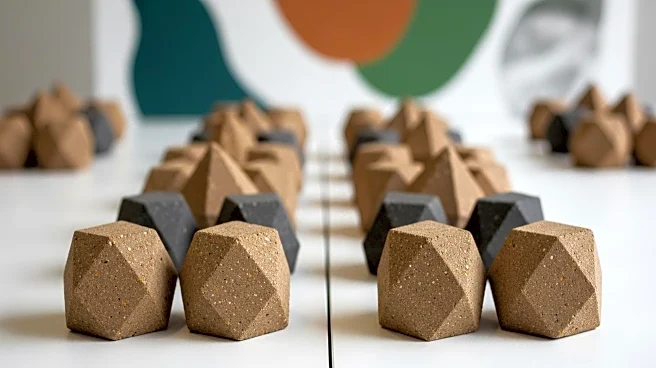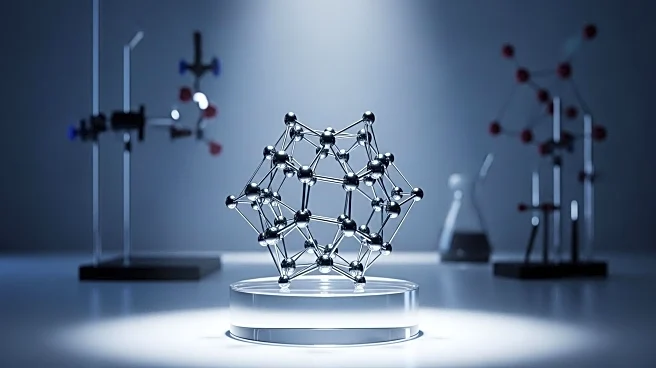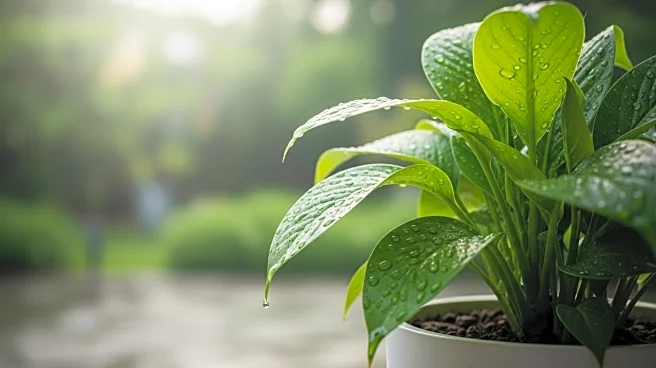What's Happening?
Researchers have engineered a new type of concrete that can repair its own cracks using Bacillus subtilis bacteria, as detailed in a study published in Scientific Reports. This innovative approach combines biological self-healing capabilities with Kuhn-Tucker optimization techniques to improve the mechanical performance and sustainability of concrete structures. The self-healing process is activated when water enters the concrete, prompting dormant bacteria to metabolize calcium lactate and produce carbon dioxide. This CO2 reacts with calcium hydroxide in the concrete, forming calcium carbonate crystals that seal the cracks. The study also explored the use of manufactured sand (M-sand) as a sustainable alternative to river sand, finding that M-sand enhances the concrete's ability to seal cracks and improve durability.
Why It's Important?
The development of self-healing concrete has significant implications for the construction industry, particularly for infrastructure exposed to regular stress, such as bridges and highways. By reducing the need for frequent inspections and manual repairs, this technology can save time, labor, and resources over a structure's lifespan. Additionally, the use of M-sand as a sustainable alternative to river sand helps reduce the ecological footprint of construction. The self-healing capability minimizes waste and energy consumption, offering a greener solution for modern infrastructure. This advancement is crucial in addressing the demands of a changing climate and increasing urbanization, providing a pathway to more resilient and sustainable construction practices.
What's Next?
Future research directions include testing other bacterial strains and nutrient sources, assessing long-term performance under real-world conditions, and evaluating cost-effectiveness at scale. These steps are essential for transitioning from laboratory success to commercial viability. The potential for widespread adoption of self-healing concrete could revolutionize the construction industry, leading to more durable and sustainable infrastructure. As researchers continue to refine the technology, it may become a standard material in construction projects, particularly in areas prone to environmental stress and degradation.
Beyond the Headlines
The ethical and environmental dimensions of this development are noteworthy. By reducing the need for new materials and interventions, self-healing concrete contributes to a decrease in construction waste and energy consumption. This aligns with global efforts to promote sustainable practices and reduce the environmental impact of urban development. Furthermore, the technology's ability to enhance the lifespan of infrastructure could lead to long-term economic benefits, reducing maintenance costs and improving safety standards.

